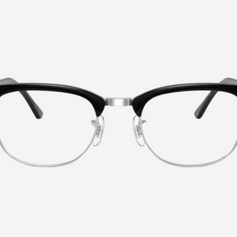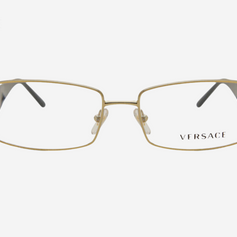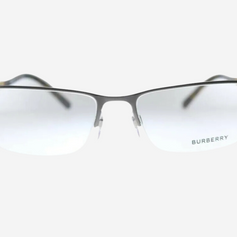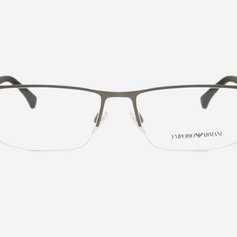When you go to the Optometrists or Ophthalmologists for eye exam. They provide you with the Prescription. And it comprises of so many numbers and abbreviations. These are the specific information for your eyesight and are used to correct your vision. Based on the prescription, Doctors may have told you that you are Farsighted or Nearsighted or possibly you may have Astigmatism.
Let’s see to how to read and understand your Eyeglass Prescription.

OD and OS – The very first part is understanding OD and OS. OD means oculus dexter which means ‘right eye’. And OS means oculus sinister which means ‘left eye’. Sometimes the prescription has another abbreviation called OU mean oculus uterque which means ‘both eyes’.
Sphere (Sph) – indicates the amount of lens power that’s measured in diopters (D). If the numbers in this column that you are in minus (-), you are nearsighted and if they are in (+), you are farsighted. Sphere power are written in decimal form and prescribed in diopters and usually written in quarter diopter increments (0.25).
Cylinder (Cyl) – The number in this column indicates the amount of astigmatism for your lens. Cylinder power are written in decimal form and prescribed in diopters and usually written in quarter diopter increments (0.25).
If this column is blank, this means that you don’t have astigmatism to correct.
Cylinder/Astigmatism means that the cornea of your eye has an irregular shape, that causes vision problems. The cornea is the clear covering over the lens and the iris. The cornea is usually spherical, but it may be shaped like a football or oval for the people with astigmatism. This causes light to scatter instead of focus on single point as it passes through the cornea, resulting in blurred vision. Many people have some degree of astigmatism.
Axis – Axis defines the direction of an astigmatism correction. The axis is defined by vertical and horizontal meridian with a number from 1 to 180. The number 90 corresponds to the vertical meridian of the eye, and the number 180 resembles to the horizontal meridian.
In an eyeglass prescription, if the ‘Cyl’ value is given, it must be followed by a value for ‘Axis’. If the prescription is written freehand the axis is preceded by an “X”.
Add – This provides the magnifying power for your reading, bifocal, multifocal or progressive lenses. The add power is used to correct Presbyopia. The number written on this column is always in “plus”, even if it is not preceded by a plus sign. Normally, the power in the Add ranges from +0.75 to +3.00 and the value will be same for both eyes. Add power are written in decimal form and prescribed in diopters and usually written in quarter diopter increments (0.25).
Some glasses prescriptions also include additional numbers such as:
Prism – Prism is the amount of prismatic power. It’s measured in prismatic diopters or p.d. Prism is prescribed to compensate the eye alignment problems like diplopia or double vision. When a person sees two separate images of one object. The prism helps align two images, so that one image is seen. Very small percentage of eyeglass prescription include prism.
With normal vision our eyes work together and our brain sees a single image. This happens because the light falls on the same part of the retina of each eye. With diplopia/ double vision, two images are seen because the light falls in different places on the retina of each eye.
How does the Prism work in eyeglasses?
With the help of the prism used in eyeglasses, light bends before it travels through the eye. The light falls correctly on the retina of each eye, because it has been redirected. Now the brain gets the notification of combining the two retina images together to produce one, to give clear picture.
When present the Prism diopter are specified in decimal form, and only one digit appears after the period (eg 1.5). The direction of the prism is also specified by noting the respective position of its “base”.
Four directions that are used for prism –
BU – Base Up, BD – Base Down, BI – Base In (toward the wearer’s nose), BO – Base Out (toward the wearer’s ear).
In addition, your eyeglass prescription also requires the pupillary distance (PD). Pupillary distance is the distance between the center of one pupil to the center of the other pupil. PD is measured in Millimeters (mm). Usually it’s mentioned in the column of PD.
We have experienced Opticians at Nexgen Opticals, Richmond BC, who can help you do the sight testing and help you choose the right glasses based on your face shape and prescription.















